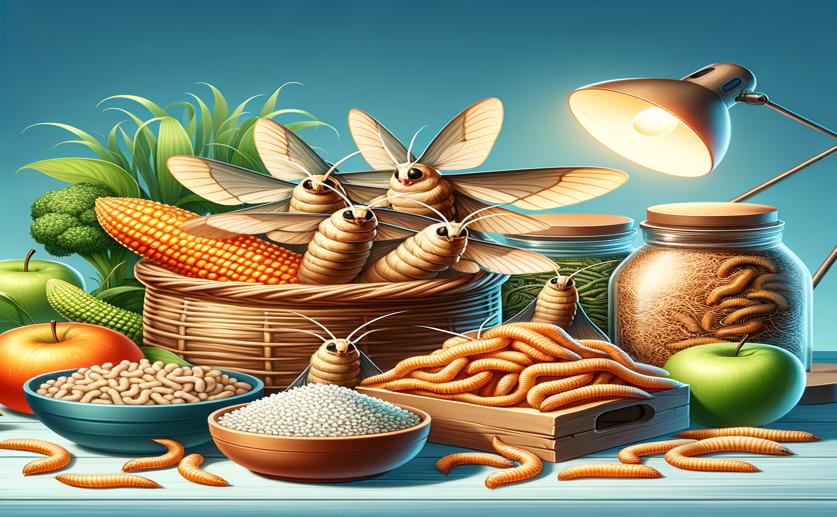
Affordable Diet for Raising Wax Moths as Hosts for Beneficial Nematodes
Greg Howard
24th May, 2024

Image Source: Natural Science News, 2024
Key Findings
- Researchers at GBPUAT developed a more economical and efficient diet for rearing the greater wax moth, Galleria mellonella
- The new diet formulations improved larval mass and survival rates without compromising nutritional value
- Optimizing the diet of G. mellonella enhances the efficiency of rearing these insects, which is crucial for biological pest control
AgricultureBiotechAnimal Science
References
Main Study
1) Economical factitious diet for mass rearing of greater wax moth, Galleria mellonella (Lepidoptera: pyralidae), a promising host for entomopathogenic nematodes
Published 23rd May, 2024
https://doi.org/10.1186/s41938-024-00791-7
Related Studies
2) Optimization of a Diet for the Greater Wax Moth (Lepidoptera: Pyralidae) Using Full Factorial and Mixture Design.
3) Behavioural and physiological regulation of protein and carbohydrates in mealworm larvae: A geometric analysis.



 21st February, 2024 | Jim Crocker
21st February, 2024 | Jim Crocker